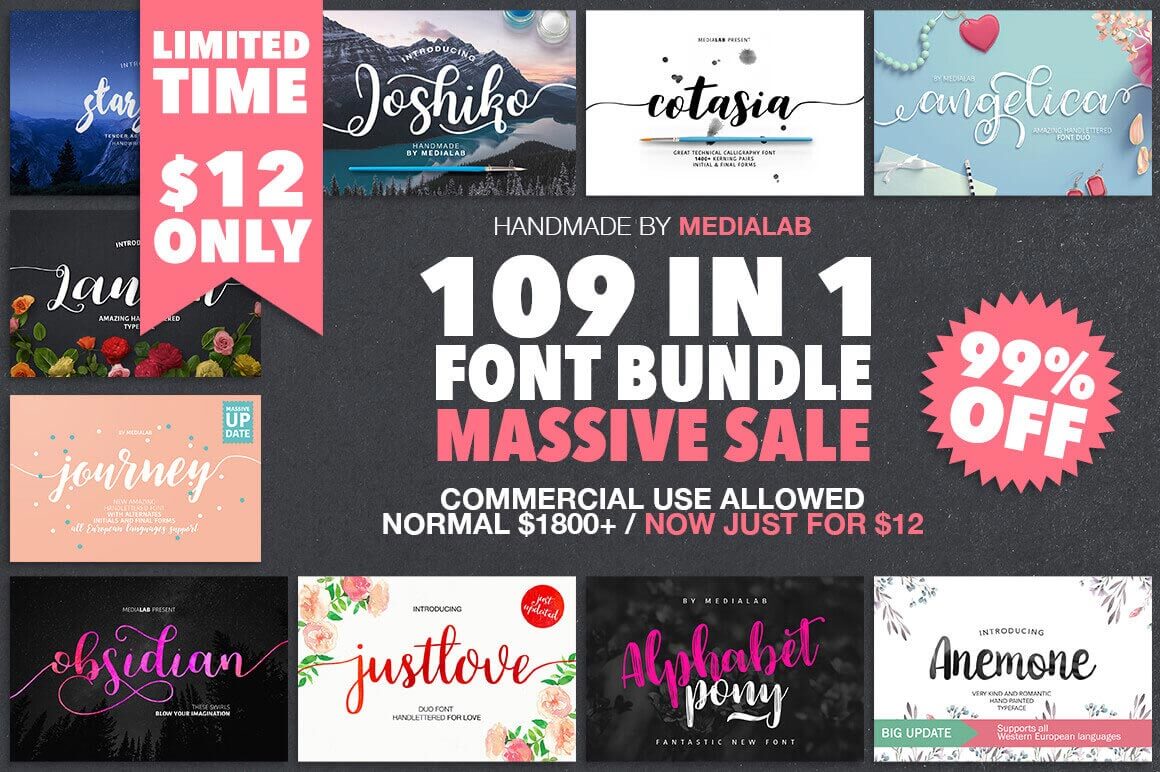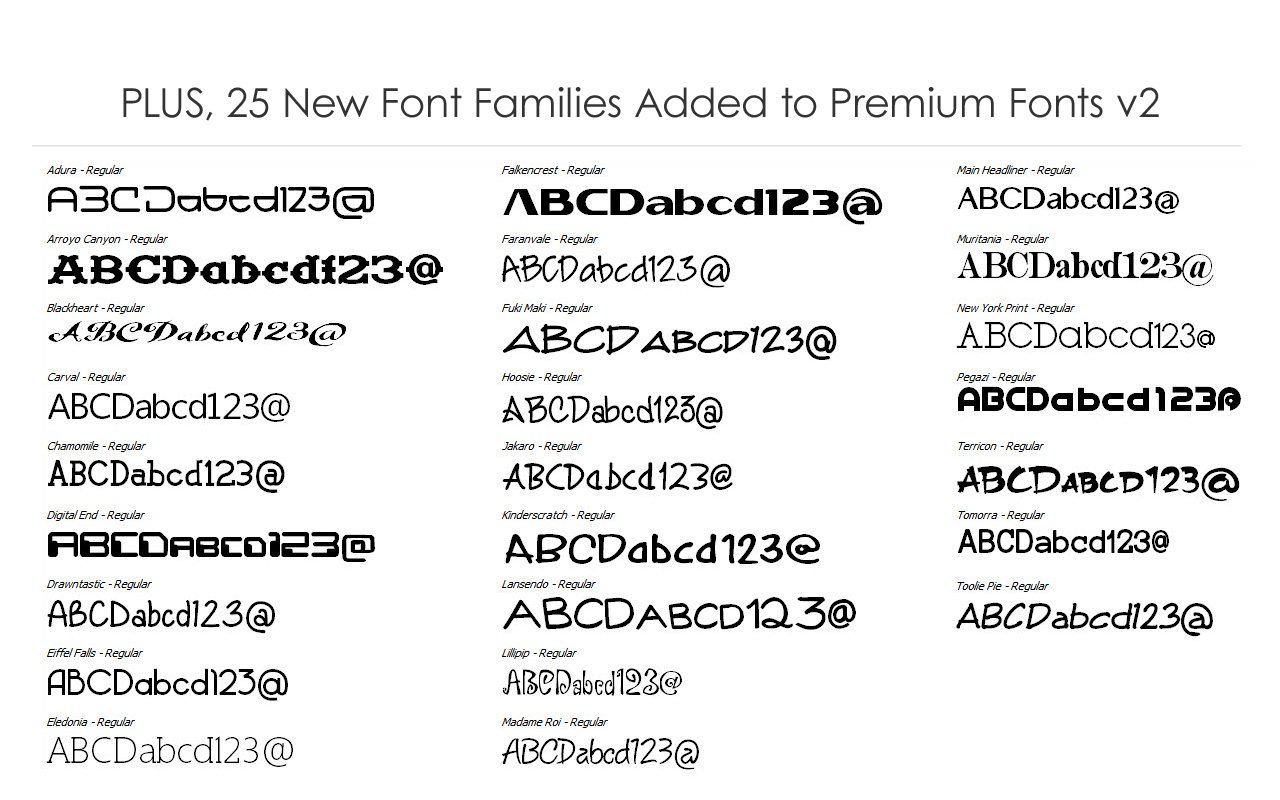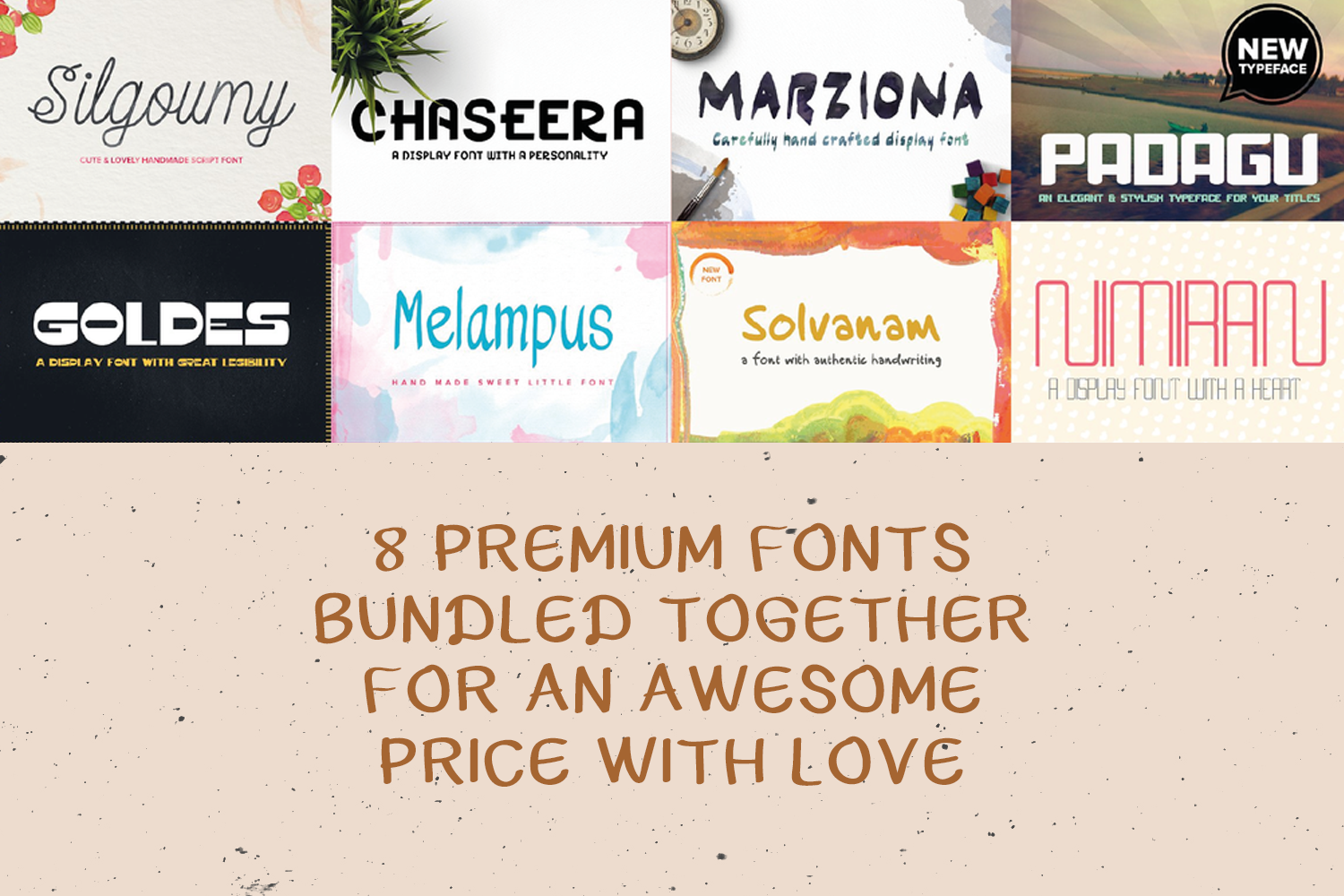

While most fonts have their own line widths that are usually perfect, you can also add some more space into your line-height to create space and make this text easier to read. This is the space between each line of text, also referred to as line height.

I love using wide tracking on my buttons so each letter is really easy to read and clear. Tracking is really impactful, especially if used in conjunction with all caps letters. This is the space in between the individual letters, also referred to as tracking. Italics can be used to show enthusiasm and warmth, they also work really well if you have a direct quote. But with the rise of Creative Market, more and more beautiful, classy script fonts are being designed every day and using these in a small way can add a lovely pop of personality to a website.īold can be used to add emphasis to a sales message or draw attention to a button, when used wisely it can be a really powerful tool. These fonts generally get a bit of a bad rep for being childish with some looking like an Edwardian love note and some looking more sinister. Two from this category are Miya and Pinyon Script. Script fonts are really easy to spot, they are usually designed to look like handwriting and can be very fluid. There are some exceptions such as Optima - Optima has very delicate line widths so usually is described as premium and classic.

These fonts generally, but again not always, find their place among more approachable and relatable brands. Two fonts from this category are Lato and Roboto. Sans Serif can be defined as a font, without these lines, hence the name ‘Sans’. These fonts generally, but not always, find their place among more premium brands as they are seen as more classic. Two fonts from this category are Times New Roman and Didot. Serif can be defined by its small lines attached to the end of strokes in each letter.


 0 kommentar(er)
0 kommentar(er)
